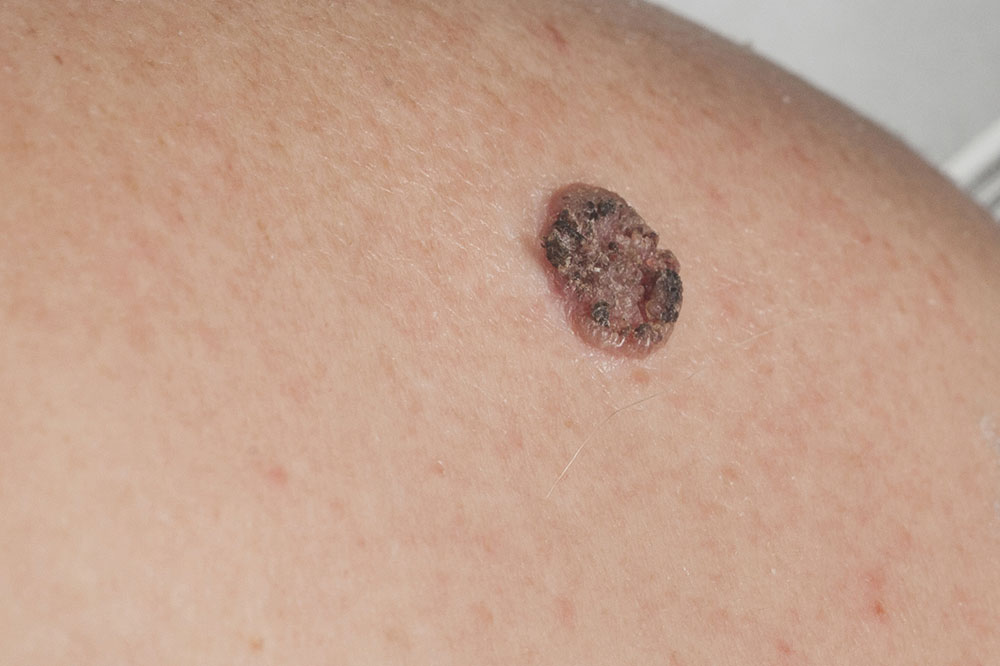Early-Stage Melanoma Treatment Guidelines
This article offers comprehensive guidelines for treating early-stage melanoma, including stage 0, I, and II. It covers surgical procedures, biopsy recommendations, and alternative therapies, aiming to inform patients and caregivers about effective management strategies for melanoma in its initial stages.

Early-Stage Melanoma Treatment Protocols
The treatment approach for melanoma depends on its stage, location, and the patient's overall health. This article outlines standard strategies for managing early-stage melanoma.
Managing Stage 0 Melanoma
At this initial stage, melanomas are confined to the outermost skin layer, the epidermis. Typically, doctors perform a wide local excision to remove the tumor along with a small surrounding area of healthy skin.
Post-surgery, the excised tissue is examined microscopically. If malignant cells are present at the edges of the sample, a second excision may be necessary. Alternatives like imiquimod cream (Zyclara) or radiation therapy are also considered by some specialists.
Managing Stage I Melanoma
For stage I melanomas, surgical removal with a margin of normal tissue is standard. The size of the margin depends on the tumor’s thickness and location.
In certain cases, a sentinel lymph node biopsy is recommended, especially for stage IB or tumors with high risk features. If cancer is detected in the sentinel lymph node, lymph node dissection might be performed, although its impact on survival is still debated.
Handling Stage II Melanoma
Stage II treatment primarily involves wide excision of the affected area along with a small margin. Due to the possibility of nearby lymph node spread, sentinel lymph node biopsy is often suggested. If cancer cells are found in the sentinel node, a complete lymph node dissection may be performed to remove all affected nodes.










